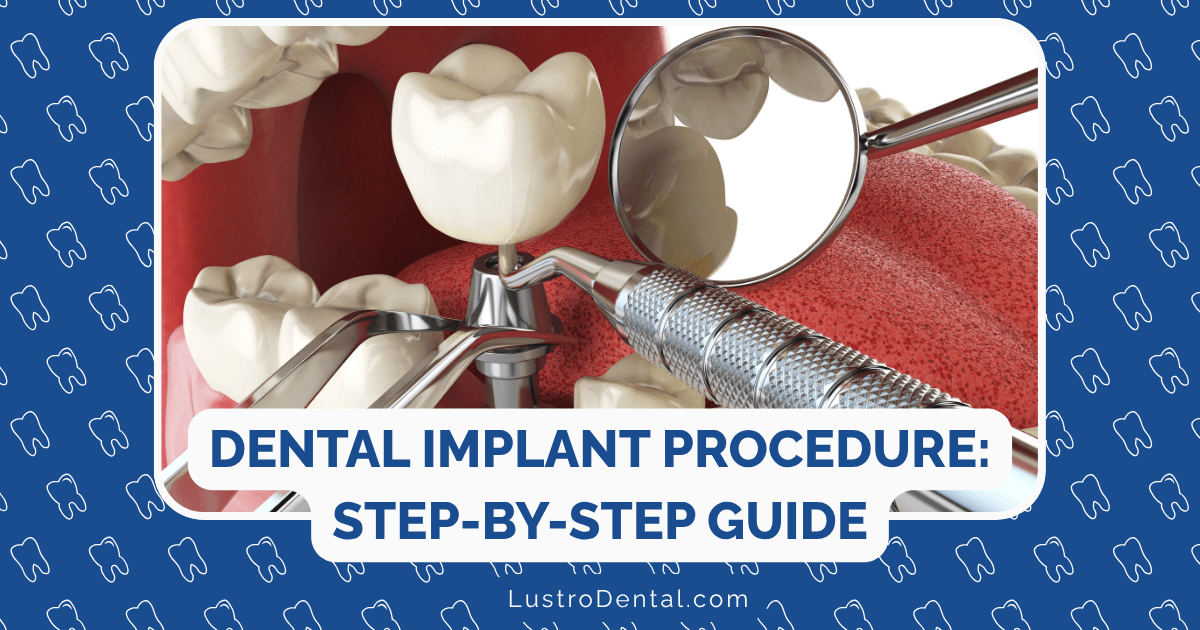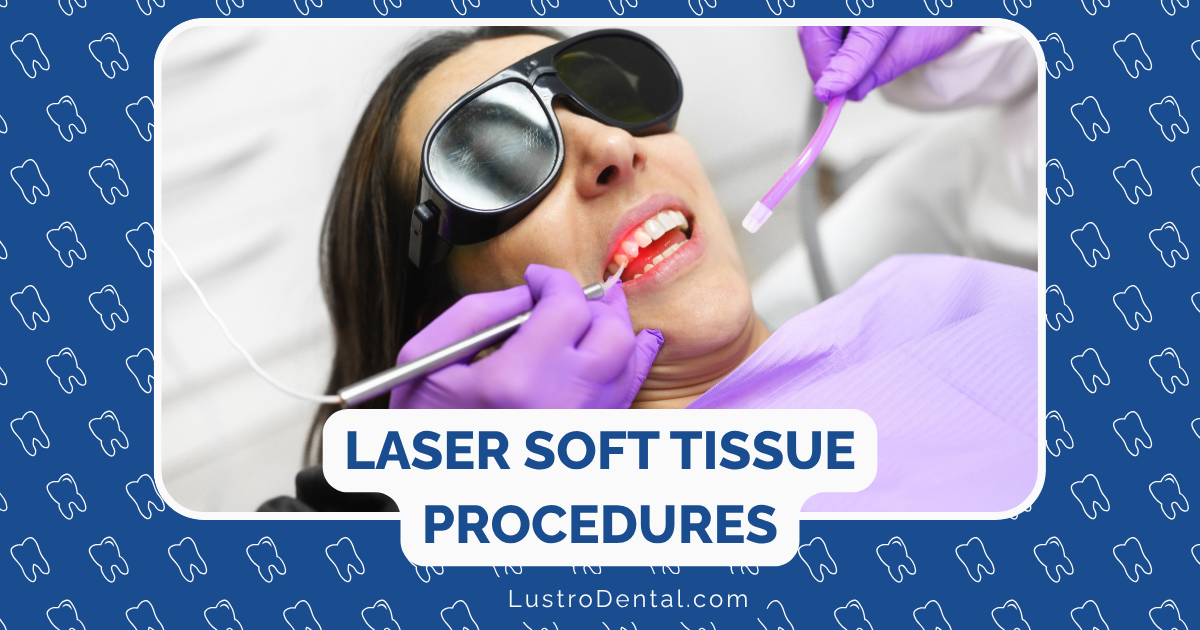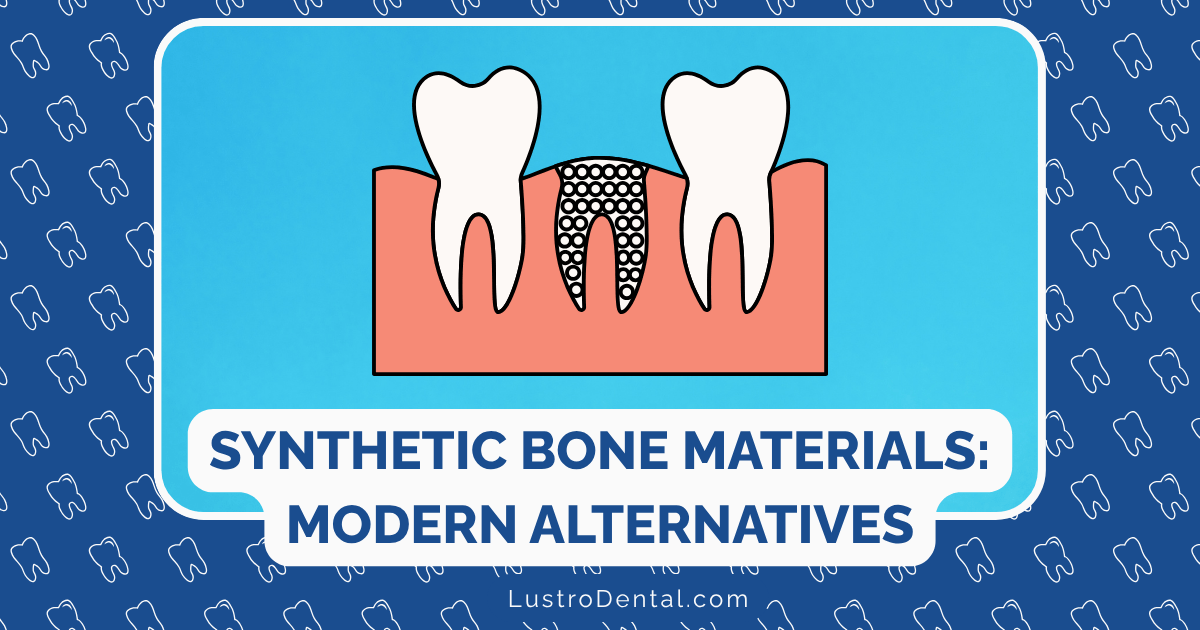The Dental Implant Procedure: Breaking Down Each Surgical Phase

Dental implants have revolutionized tooth replacement, offering a solution that looks, feels, and functions like natural teeth. But for many patients contemplating this treatment, the surgical process can seem mysterious and perhaps a bit intimidating. As someone who’s guided many people through their dental implant journey, I’ve found that understanding each phase of the procedure can transform anxiety into confidence.
In this comprehensive guide, I’ll walk you through the entire dental implant process—from initial consultation to final restoration—breaking down each surgical phase in clear, straightforward terms. By the end, you’ll have a thorough understanding of what to expect at every step of your implant journey.
Understanding Dental Implants: The Basics
Before diving into the surgical phases, let’s clarify what a dental implant actually is. A complete dental implant consists of three main components:
- The Implant: A titanium post that serves as an artificial tooth root
- The Abutment: A connector piece that attaches to the implant
- The Crown: The visible portion that looks like a natural tooth
According to the Mayo Clinic, dental implants provide a strong foundation for fixed or removable replacement teeth designed to match your natural teeth. Their success rate exceeds 95%, making them one of the most reliable dental procedures available.
Now, let’s explore each phase of the implant process in detail.
Phase 1: Consultation and Treatment Planning
While not surgical, this critical phase sets the foundation for successful implant treatment.
What Happens:
During your initial consultation, your dental team will:
- Conduct a comprehensive oral examination
- Take detailed dental X-rays and possibly 3D cone beam CT scans
- Review your medical history and current medications
- Discuss your goals and expectations
- Evaluate your bone density and volume
- Determine if preliminary procedures (like bone grafting) are needed
- Create a customized treatment plan
Dr. Sarah Johnson of Aurora Family Dentistry explains, “The planning phase is perhaps the most important part of the implant process. Using advanced imaging technology, we can precisely map the implant placement, avoiding vital structures like nerves and sinuses while ensuring optimal positioning for function and aesthetics.”
Timeframe:
This phase typically requires 1-2 appointments over several weeks, depending on the complexity of your case.
Phase 2: Preliminary Procedures (If Needed)
Some patients require preparatory procedures before implant placement.
What Happens:
Depending on your specific situation, this phase might include:
Tooth Extraction:
If you still have a damaged tooth in the implant site, it will need to be removed. In some cases, an implant can be placed immediately after extraction (immediate placement), while in others, the site needs time to heal first (delayed placement).
Bone Grafting:
If your jawbone lacks sufficient volume or density to support an implant, bone grafting may be necessary. This procedure adds bone material to your jaw, creating a stronger foundation for the implant.
According to research published in the Journal of Oral and Maxillofacial Surgery, implants placed after bone augmentation have similar success rates to those placed in natural bone—over 98% survival rate in both cases.
Sinus Lift:
For upper jaw implants, you might need a sinus lift if there isn’t enough bone height or if the sinuses are too close to the jaw.
Timeframe:
- Tooth extraction: Healing typically takes 2-3 months before implant placement
- Bone grafting: Healing ranges from 3-12 months, depending on the extent of grafting
- Sinus lift: Generally requires 4-9 months of healing
Dr. Michael Chen of Omega Dentists notes, “While preliminary procedures extend the overall treatment timeline, they’re essential for creating the optimal environment for implant success. Rushing this foundation-building phase can compromise long-term results.”
Phase 3: Implant Placement Surgery
This is the first major surgical phase where the implant post is placed into the jawbone.
What Happens:
- Anesthesia: Local anesthesia is administered to ensure you’re comfortable. Sedation options are also available for anxious patients.
- Incision: Your surgeon makes a small incision in the gum tissue to expose the bone.
- Preparation: Using specialized drills, a precise hole is created in the jawbone to accommodate the implant.
- Implant Placement: The titanium implant post is carefully inserted into the prepared site at a specific depth and angle.
- Initial Stability Check: Your surgeon verifies that the implant has good primary stability.
- Closure: The gum tissue is repositioned over or around the implant and secured with stitches. In some protocols, a healing cap may be placed on the implant, leaving it partially exposed.
Dr. Lisa Wong of DW Dentist Kellyville explains, “Modern implant surgery is incredibly precise. Using computer-guided techniques, we can place implants with sub-millimeter accuracy, optimizing both functional and aesthetic outcomes.”
Timeframe:
The surgical procedure typically takes 1-2 hours per implant. Most patients report that the procedure is much more comfortable than they anticipated.
Recovery:
- First 24-48 hours: Expect some swelling, minor bleeding, and discomfort
- First week: Soft diet recommended
- Suture removal: Usually 7-14 days after surgery if non-dissolving sutures are used
Phase 4: Osseointegration Period
This crucial healing phase is when the implant fuses with your jawbone.
What Happens:
Osseointegration is the biological process where your jawbone cells grow onto and around the titanium implant surface, effectively integrating it into your body. This creates the strong, stable foundation necessary for your replacement tooth.
During this period:
- The surgical site heals
- Bone cells attach to the implant surface
- The implant becomes firmly anchored in the jaw
According to the American Academy of Implant Dentistry, this biological bonding process is what gives dental implants their exceptional stability and longevity.
Timeframe:
- Lower jaw: Typically 3-4 months
- Upper jaw: Usually 4-6 months
- Cases involving bone grafting: May require additional time
During this waiting period, you’ll typically wear a temporary restoration (like a flipper denture or temporary crown) if the implant is in a visible area.
Phase 5: Abutment Placement
Once osseointegration is complete, the second surgical phase begins—placing the abutment that will connect the implant to the crown.
What Happens:
- Local Anesthesia: The area is numbed for comfort.
- Exposing the Implant: If the implant was covered by gum tissue during the first surgery, a small incision is made to expose the implant. (This step is not needed if a healing abutment was placed during the initial surgery.)
- Abutment Attachment: The abutment is secured to the implant. This can be done by screwing, cementing, or using other attachment methods depending on the implant system.
- Gum Tissue Management: The gum tissue is adjusted around the abutment to create a natural appearance.
- Impression Taking: Once the tissue is ready (usually 1-2 weeks after abutment placement), impressions are taken for the fabrication of your final crown.
Timeframe:
The abutment placement procedure typically takes 30-60 minutes. Some modern protocols combine implant and abutment placement into a single procedure, eliminating this second surgery.
Recovery:
- Gum healing: Usually 1-2 weeks before final impressions can be taken
- Discomfort: Generally minimal, subsiding within a few days
Phase 6: Final Restoration Placement
The final phase involves placing the visible portion of your implant—the crown, bridge, or denture.
What Happens:
- Try-in: The restoration is first tried in your mouth to check fit, bite, and appearance.
- Adjustments: Minor adjustments are made if necessary to ensure proper function and aesthetics.
- Final Placement: The restoration is permanently attached to the abutment. This may be done with dental cement or screws, depending on the type of restoration.
- Final Check: Your bite is checked again to ensure everything functions properly.
Dr. James Miller of Dr. Silman Smile Spa emphasizes, “The final restoration phase is where art meets science. While the surgical phases create the foundation, the restoration is what determines how natural your new tooth will look and feel.”
Timeframe:
This phase typically requires 1-3 appointments over 2-4 weeks, depending on the complexity of the restoration.
The Complete Timeline: Putting It All Together
The entire dental implant process typically spans several months:
- Initial consultation and planning: 2-4 weeks
- Preliminary procedures (if needed): 3-12 months
- Implant placement surgery: 1 day (1-2 hours)
- Osseointegration: 3-6 months
- Abutment placement: 1 day (30-60 minutes)
- Gum healing after abutment: 1-2 weeks
- Final restoration: 2-4 weeks
In total, the process usually takes 4-9 months for straightforward cases and up to 12-18 months for complex cases requiring extensive preliminary procedures.
Success Rates and Longevity
According to a 2025 study published in Clinical and Experimental Dental Research analyzing over 50,000 dental implants, the overall success rate exceeds 98%. With proper care, dental implants can last decades—many last a lifetime.
Factors that influence success include:
- Bone quality and quantity
- Patient’s overall health
- Smoking status
- Oral hygiene practices
- Surgeon’s experience
- Implant positioning
Potential Complications and How They’re Managed
While dental implant surgery is highly predictable, being aware of potential complications is important:
During Surgery:
- Nerve damage: Rare but possible, causing numbness or tingling
- Sinus issues: Can occur with upper jaw implants
- Bleeding: Usually minimal and controlled during the procedure
During Healing:
- Infection: Occurs in approximately 1-4% of cases
- Implant mobility: May indicate failed osseointegration
- Peri-implantitis: Inflammation of tissue around the implant
Long-term:
- Crown complications: Loosening or fracture
- Bone loss: Can develop around implants over time
- Implant fracture: Rare but possible with excessive forces
According to Alpine Dental, most complications can be effectively managed when caught early, which is why regular follow-up appointments are essential.
Aftercare: Ensuring Long-Term Success
Proper care after each surgical phase is crucial for implant success:
After Implant Placement:
- First 24 hours: Apply ice packs to reduce swelling
- Bleeding control: Bite on gauze pads as directed
- Medication: Take prescribed antibiotics and pain relievers
- Diet: Stick to soft, cool foods
- Oral hygiene: Follow specific cleaning instructions around the surgical site
During Osseointegration:
- Avoid pressure: Don’t chew hard foods on the implant site
- No smoking: Smoking significantly reduces implant success rates
- Regular check-ups: Attend all scheduled appointments
Long-term Care:
- Diligent oral hygiene: Brush twice daily and floss around implants
- Regular dental visits: Professional cleanings every 6 months
- Night guard: May be recommended if you grind your teeth
- Avoid excessive forces: Don’t use teeth as tools to open packages, etc.
Is the Dental Implant Procedure Right for You?
Dental implants are an excellent option for most people with missing teeth, but they’re not for everyone. Ideal candidates:
- Have good general and oral health
- Have adequate bone volume or are willing to undergo bone grafting
- Don’t smoke or are willing to quit during treatment
- Are committed to good oral hygiene and regular dental visits
- Have realistic expectations about the process and outcomes
If you have certain medical conditions like uncontrolled diabetes or are taking medications that affect bone healing, special considerations may apply.
Final Thoughts
The dental implant procedure is a journey—one that requires patience but offers remarkable rewards. By understanding each surgical phase, you can approach the process with confidence rather than apprehension.
While the timeline may seem lengthy, remember that dental implants are designed to last decades, possibly a lifetime. The investment of time yields a replacement tooth that’s virtually indistinguishable from natural teeth in both form and function.
If you’re considering dental implants, I encourage you to have an in-depth conversation with your dental provider about your specific situation. Each patient’s journey is unique, and your treatment plan should be tailored to your individual needs and goals.
Have you had dental implant surgery or are you considering it? Share your questions or experiences in the comments below to help others on their implant journey.







